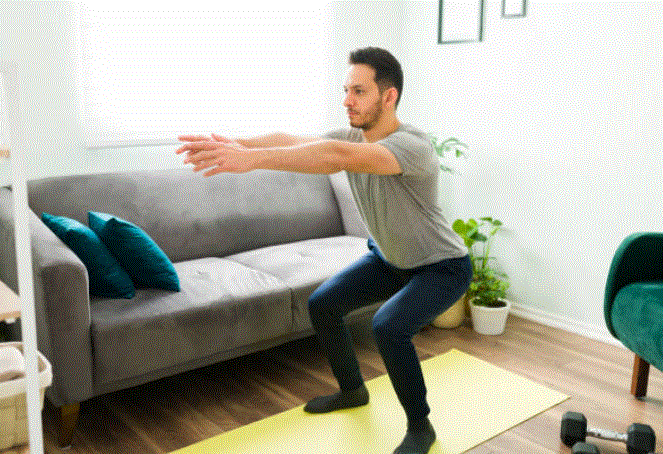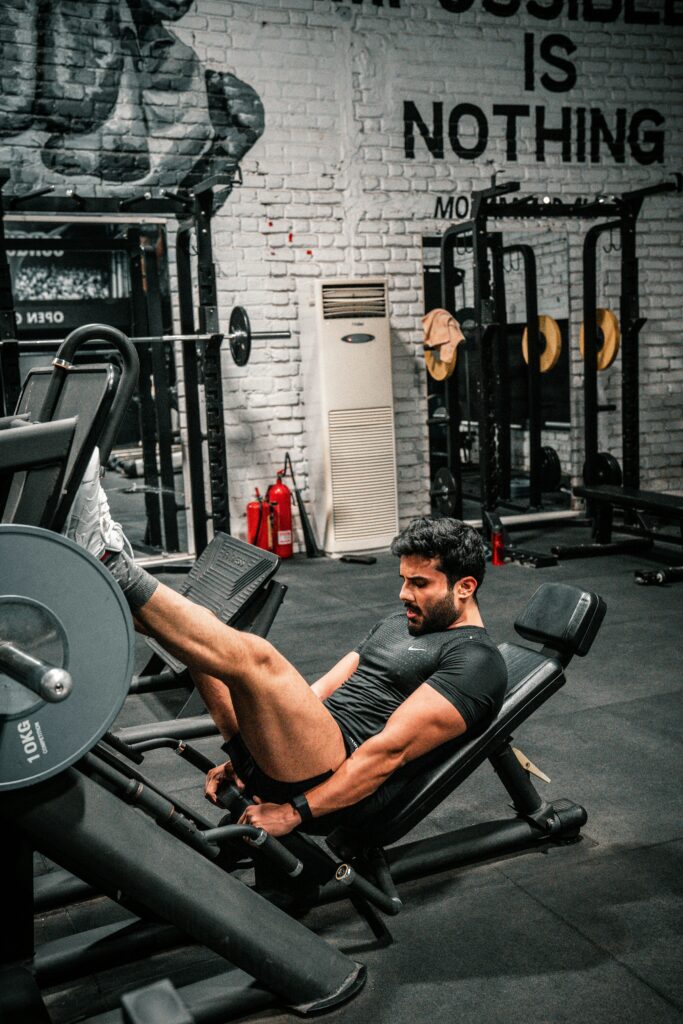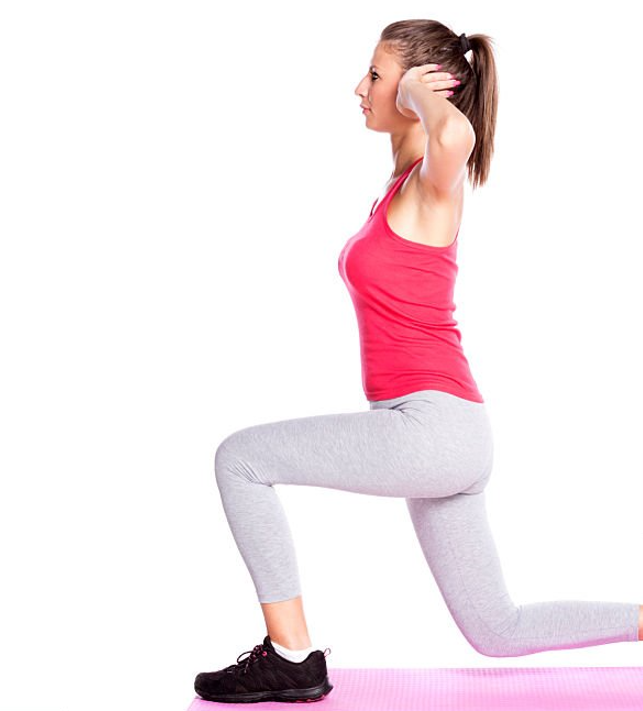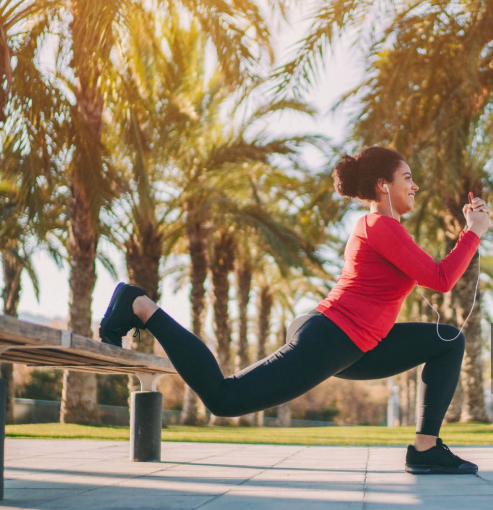When it comes to building powerful legs, two exercises dominate the conversation: the leg press and squats. But the debate rages on—is leg press better than squats, or is the classic squat still the undisputed king of leg day?
Such as in this guide, we’ll break down the leg press vs squats battle in terms of muscle activation, safety, effectiveness for muscle growth, and overall athletic performance. Such as whether you’re a beginner planning your first leg routine or a seasoned gym-goer trying to optimize your gains, this blog has everything you need to make the best choice for your body.
What Are Squats?

Such as squats are a compound, free-weight exercise that primarily target the quadriceps, hamstrings, glutes, and core. Such as there are many squat variations, but the most common is the barbell back squat, which involves placing a barbell across your upper back and bending your knees and hips to lower your body.
Benefits of squats:
- Such as full-body engagement
- Builds balance and coordination
- Improves athleticism
- Such as great for functional strength
- High hormonal response (growth hormone and testosterone)
What Is the Leg Press?

The leg press machine allows you to push a weighted platform away from your body using your legs, while seated or lying down. It isolates the lower body without involving much upper body or core engagement.
Benefits of leg press:
- Isolates quads, glutes, and hamstrings
- Ideal for beginners or those recovering from injury
- Safer for training to failure without a spotter
- Easy to increase volume with less fatigue
Leg Press vs Squats: A Side-by-Side Comparison
1. Muscle Activation
Squats engage more muscle groups overall. Aside from working your legs, they also hit your core, lower back, and stabilizing muscles. This makes squats a superior choice for building functional strength and overall athleticism.
Leg press is more targeted. You’re still working your quads, glutes, and hamstrings, but the core and stabilizers aren’t as involved.
Winner: Squats (for full-body activation)
Honorable mention: Leg Press (for isolated hypertrophy)
2. Strength Development
Squats develop raw, transferable strength. Whether you’re lifting heavy, jumping higher, or just climbing stairs, squats carry over into real-life activities.
Leg press can help build strength too, especially in the quads—but it’s more limited to the gym setting.
Winner: Squats
3. Muscle Growth (Hypertrophy)
Which is better for muscle growth—leg press or squats? The answer depends on your goal. Squats engage more muscles, but you may not be able to train them with as much volume due to fatigue.
With the leg press, you can load more weight, perform more reps, and train to failure with less risk. This can make it ideal for hypertrophy, especially for those who struggle with squat form.
Winner: Tie (Squats for compound growth, Leg Press for targeted volume)
4. Form and Injury Risk
Squats demand precise form. Poor technique can lead to lower back, knee, or hip injuries. They’re also intimidating to beginners.
Leg press is generally safer and easier to learn. Since the machine supports your back, the injury risk is lower—if you use proper foot placement and avoid locking out your knees.
Winner: Leg Press (for safety)
Winner: Squats (for long-term functional strength, if form is mastered)
5. Accessibility for Beginners
For newcomers, leg press is often more accessible. It builds initial leg strength and confidence. Squats require balance, mobility, and coordination—not always ideal for first-timers.
Winner: Leg Press
6. Calorie Burn and Metabolic Impact
Because squats engage more muscle groups and increase the heart rate more significantly, they tend to burn more calories than the leg press.
Winner: Squats
When Should You Choose Leg Press Over Squats?
Choose leg press if you:
- Are a beginner building foundational strength
- Are recovering from an injury
- Want to train your legs with less spinal load
- Prefer machine-based isolation
- Want to add more volume after squats
When Are Squats Better Than Leg Press?
Choose squats if you:
- Want to develop overall strength and functionality
- Aim to become a better athlete or powerlifter
- Need a more efficient full-body workout
- Want to burn more calories and engage your core
- Want to develop posterior chain strength
Can You Do Both Squats and Leg Press?
Absolutely. Many smart leg day programs include both.
Example leg day routine:
- Barbell Back Squats – 4 sets of 6–8 reps
- Leg Press – 4 sets of 10–12 reps
- Romanian Deadlifts – 3 sets of 8–10
- Walking Lunges – 3 sets per leg
- Calf Raises – 4 sets of 15–20 reps
Final Verdict: Is Leg Press Better Than Squats?
If your goal is to build overall strength, athleticism, and functional movement, squats are the clear winner.
If you want to target specific leg muscles, train with safety, or add volume without fatigue, the leg press is a strong ally.
So, is leg press better than squats?
No—but it can be better for you, depending on your goals. The best approach? Incorporate both.
Frequently Asked Questions
Are squats or leg press better for knees?
Squats with proper form are safe, but if you have knee issues or instability, the leg press offers more control and support.
Is leg press better for hypertrophy?
For pure quad isolation and volume training, the leg press has the edge.
Can leg press replace squats?
It can replace them for leg development, but you’ll miss out on the full-body benefits of squats.
Conclusion
Whether you’re chasing quads that dominate, a higher vertical jump, or just want to build stronger legs, understanding the pros and cons of leg press vs squats is crucial. Neither is better in all situations—it’s all about your goals, experience level, and training plan.
Now it’s your turn—what’s your leg day weapon of choice? Squats, leg press, or both?
Read More About Leg Press And squats
How Many Calories Does a Squat Burn?
How Many Calories Does 100 Push-Ups Burn?



